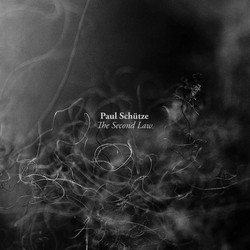Huge Tip! US poet Ellen Zweig combines experimental spoken word with ambient, fourth world minimalism for the first ever release of key 70s and 80s works Fiction of the Physical. In the 1970s, Ellen Zweig was a young poet experimenting with poetry as performance. Her presence in New York’s Downtown scene, even during a period of such creative and artistic fertility, represented an astute and profoundly expressive voice. By 1980, and her two pieces “Network of Letters” and “Sensitive Bones” (both collected here on Fiction of the Physical), Zweig had introduced and perfected a technique she named the “human loop”, directing multiple performers to repeat a single poetic phrase over and over as they recorded to tape. Inevitably, the loops phase in and out of synchronisation over time, creating a sonic collage of drifting, rippling syllabic waves that rise and fall with natural tides. The text becomes performance, and in turn it becomes dreamily and hypnotically abstracted from the written word.
An astonishingly singular collection, created from a unique creative vision, Fiction of the Physical offers few reference points. Zweig intentionally disrupts of fourth wall convention and applies of spoken word as a musical device, a pioneering early female voice in underground avant garde scenes. Even her veil of “ambient music” is made porous enough to allow challenging and atonal sonics into the tapestry.
Ellen Zweig is a performance/installation artist, a writer and theorist from New York. She is best known for her works based on historical personages. Zweig, trained as a poet, creates rhythmic audioworks using texts of historical, scientific, and intellectual origin. In her installations, she uses optics to create camera obscuras, camera lucidas, video projection devices
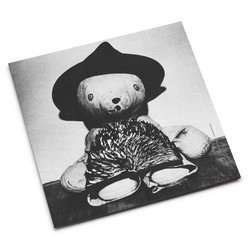
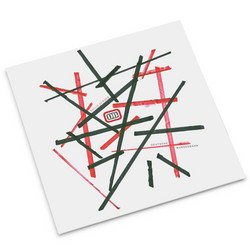
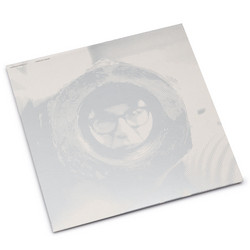

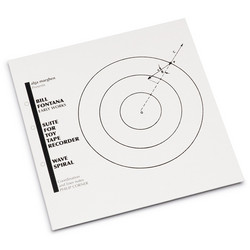

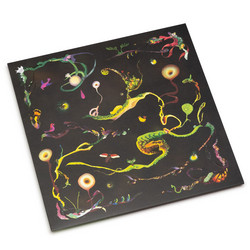
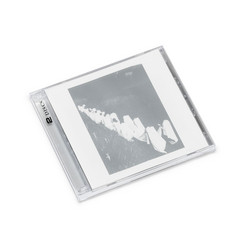



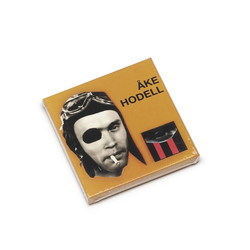
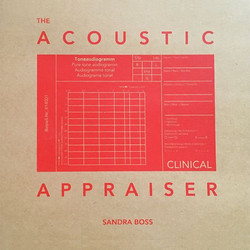


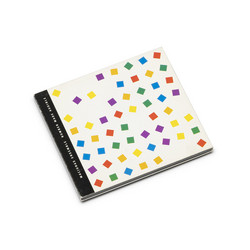
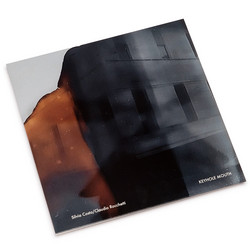
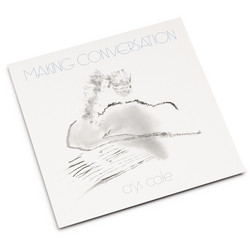

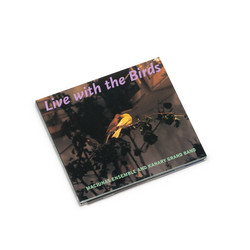
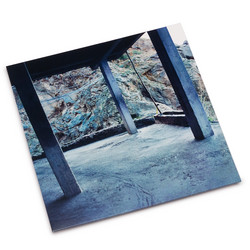
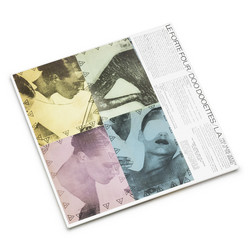
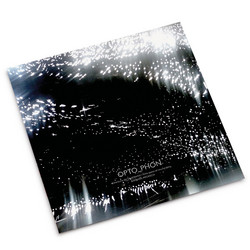
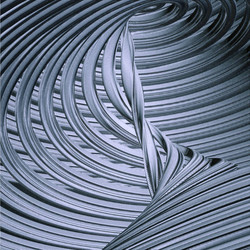
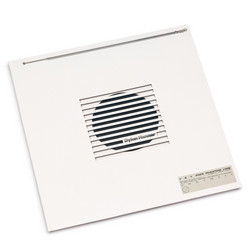
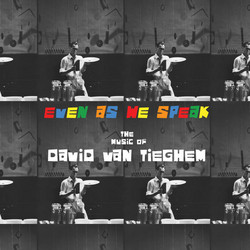


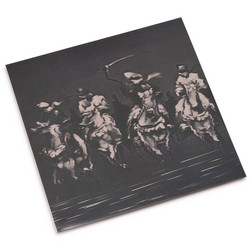
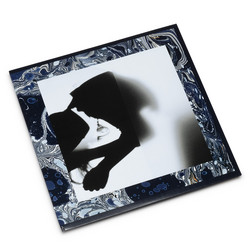

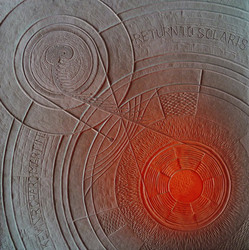
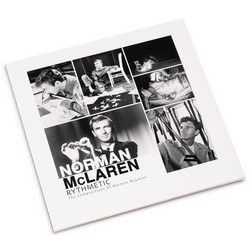
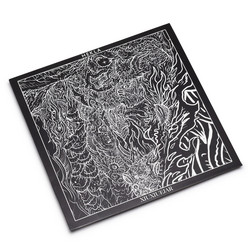
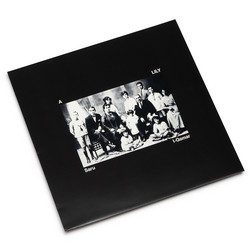

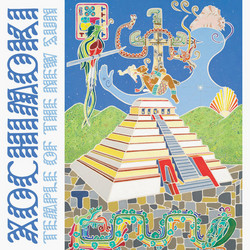
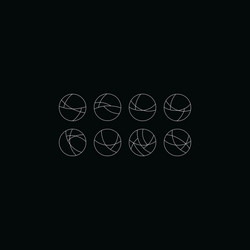
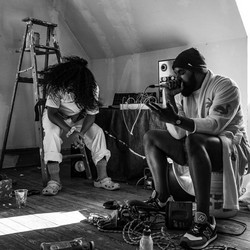
![Luzzu [official soundtrack]](https://cdn.soundohm.com/data/products/2022-08/a3153921833_16-jpg.jpg.250.jpg)
